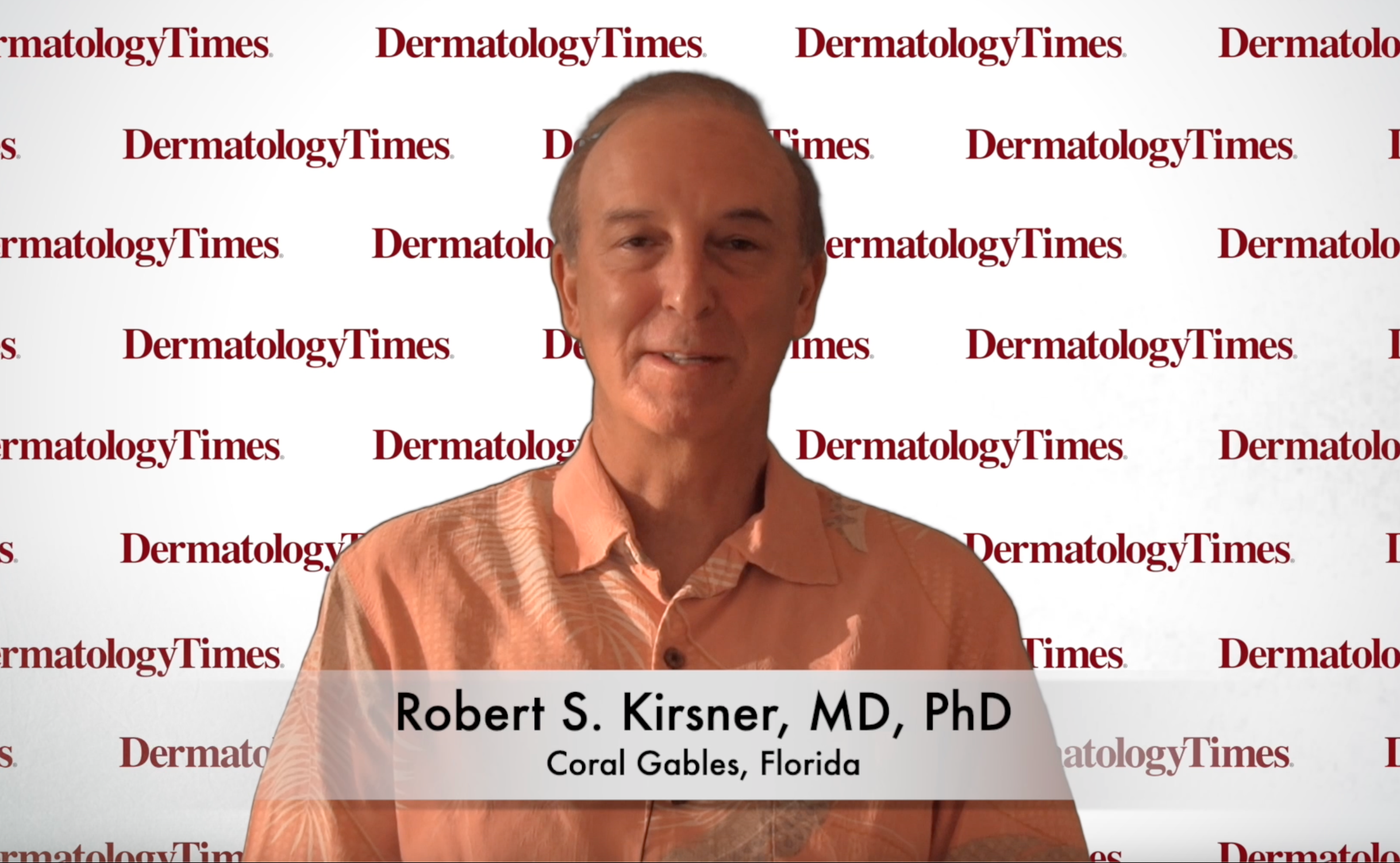- Acne
- Actinic Keratosis
- Aesthetics
- Alopecia
- Atopic Dermatitis
- Buy-and-Bill
- COVID-19
- Case-Based Roundtable
- Chronic Hand Eczema
- Drug Watch
- Eczema
- General Dermatology
- Hidradenitis Suppurativa
- Melasma
- NP and PA
- Pediatric Dermatology
- Pigmentary Disorders
- Practice Management
- Precision Medicine and Biologics
- Prurigo Nodularis
- Psoriasis
- Psoriatic Arthritis
- Rare Disease
- Rosacea
- Skin Cancer
- Vitiligo
- Wound Care
Article
EMA Accepts Application for Extended Indication of NexoBrid for Severe Pediatric Burns
Author(s):
MediWound’s debridement drug will provide a safer non-surgical alternative to severe thermal burns for pediatric patients.
The European Medicines Agency (EMA) has accepted MediWound Ltd.’s Type II Variation to extend the indication of NexoBrid for non-surgical eschar (dead tissue) removal in pediatric patients with severe thermal burns.1 The European Commission is expected to finalize its decision in the first quarter of 2023. The EMA will review the application to extend the use of NexoBrid to pediatric patients aged newborn to 18 years old.
The application review is based on the interim results of a global, phase 3 trial, Children Innovative Debridement Study (CIDS). CIDS evaluated the safety and efficacy of NexoBrid in hospitalized pediatric patients. The trial also included additional data from pediatric patients who participated in the EU phase 3 study, MW2004-11-02, and phase 2 studies conducted during the clinical development of NexoBrid.
The CIDS trial was a phase 3, multinational, randomized, multicenter, open label, controlled, 2 arm study performed in pediatric patients with deep partial thickness and full thickness thermal burns of 1% to 30% of total body surface area. The primary endpoint of the study was to prove NexoBrid superior over the current standard of care for eschar removal, measured by survival analysis of incidence of complete eschar removal as a function of time. Top line data results demonstrated that the CIDS study successfully met its primary endpoint and secondary endpoints with a comparable safety profile to the standard of care. NexoBrid safety profile in pediatric patients is consistent with the safety profile in adults.
Last month, the US Food and Drug Administration accepted MediWound’s re-submitted Biologics License Application (BLA)for NexoBrid for eschar removal in adults with deep partial-thickness and/or full-thickness thermal burns.2 The BLA contained data from the pivotal US phase 3 study (DETECT) of NexoBrid in adult patients with deep partial and/or full-thickness thermal burns up to 30% of the patient’s total body surface area. The phase 3 DETECT study met all of its primary and secondary endpoints, including the significantly higher incidence of complete eschar removal with NexoBrid compared to the patients treated with a gel vehicle.
NexoBrid is a topically applied biologic that enzymatically removes dead skin due to severe thermal burns. Removing dead tissue after a severe burn is a crucial step in the healing process. The current standard of care utilizes a surgical approach to remove dead tissue. Surgical excision is traumatic for the patient and can result in the loss of blood or healthy tissue. Other nonsurgical approaches are not effective and take too long to work.
Disclosure:
NexoBrid development has been supported with federal funding from US Biomedical Advanced Research and Development Authority (BARDA), part of the Administration for Strategic Preparedness and Response (ASPR), within the US Department of Health and Human Services (HHS), under ongoing contract numbers HHSO100201500035C and HHSO100201800023C. Contract number HHSO100201500035C provides funding and technical support for the pivotal US phase 3 clinical study (DETECT) and the marketing approval registration process for NexoBrid as well as its procurement and availability under the expanded access treatment protocol (NEXT) in the U.S. Additional projects for evaluation of NexoBrid funded under the BARDA contract include the randomized, controlled pivotal clinical trial for use in the pediatric population (CIDS), establishment of a pre-emergency use data package and development of the health economic model to evaluate the cost savings impact to enable market adoption in the United States.
References:
- EMA accepts MediWound’s application for extended indication for NexoBrid to treat pediatric patients with severe thermal burns. MediWound. Published September 20, 2022. Accessed September 20, 2022. https://ir.mediwound.com/news-releases/news-release-details/ema-accepts-mediwounds-application-extended-indication-nexobrid
- Mediwound announces US FDA acceptance of biologics license application for NexoBrid for the treatment of severe thermal burns. GlobeNewswire News Room. Published August 3, 2022. Accessed September 20, 2022. https://www.globenewswire.com/news-release/2022/08/03/2491251/30505/en/MediWound-Announces-U-S-FDA-Acceptance-of-Biologics-License-Application-for-NexoBrid-for-the-Treatment-of-Severe-Thermal-Burns.html
Newsletter
Like what you’re reading? Subscribe to Dermatology Times for weekly updates on therapies, innovations, and real-world practice tips.








